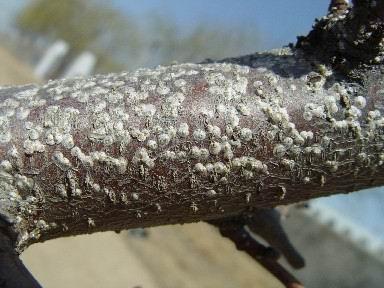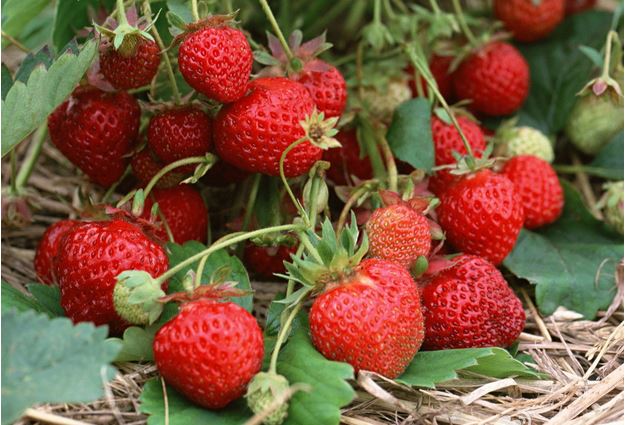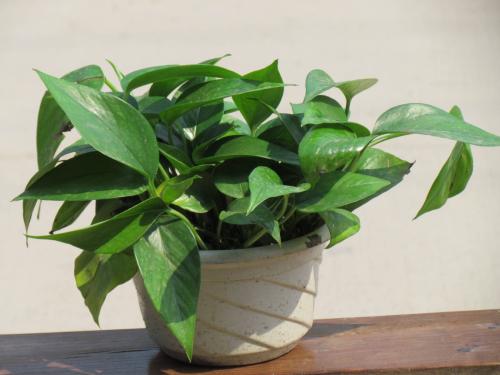How do scale insects and their species identification come from? Are plant scale insects parasitic and harmful to humans?
The scale insect is a kind of small insect, and it is also one of the pests that many fruit growers and flower friends hate extremely. It mainly harms fruit trees and trees, and is one of the most common pests on flowers. Its reproductive ability and drug resistance are very strong. It is generally difficult to control or eradicate.

How did the shell bug come from? The occurrence and damage of scale insects is closely related to environmental conditions. Various environmental factors have direct effects on the growth and development, reproduction, longevity and number of scale insects. These environmental factors are usually divided into two categories: abiotic factors and biological factors. Abiotic factors include temperature, humidity, light, wind, rain and other climatic factors, while biological factors mainly include host plants, natural enemies and human activities. There are two ways of reproduction of scale insects: hermaphroditism and parthenogenesis, and most species carry out hermaphroditism, that is, many species of scale insects are identified by mating offspring of male and female adults. The scale insects harmful to flowers are cotton-blowing scale, citrus powder scale, hibiscus pink scale, grass chlorine scale, red wax scale, Japanese wax scale, horned wax scale, ball firm scale, brown soft scale and so on. The following is the understanding of several main species of scale insects one by one. 1. Japanese wax scale, also known as jujube tortoise wax scale, jujube lice and so on, looks like a "tortoise" with a white appearance and is widely distributed in China. especially in Hebei, Henan, Shanxi, Shaanxi, Shandong and other provinces of jujube production areas. In addition to endangering jujube, it can also harm persimmon, pear, apple, chestnut and so on. When nymphs and female adults gather on branches and leaves to suck juice, their secretions can still induce the occurrence of coal fouling disease and affect photosynthesis. when it occurs seriously, it can cause tree weakness, bud leaf atrophy and yield and quality decline. 2. Grass scale scale, also known as grass shoe shell insect, persimmon naked scale. It mainly harms many kinds of fruit trees such as peach, persimmon, pear, apple and garden ornamental plants such as cherry blossom, magnolia, wax plum, rose, rose, locust and so on. Morphological characteristics. The female adult has an oval body, 8-10 mm long and 4-5 mm wide, with a grayish purple back and a light yellow outside, shaped like straw sandals, covered with a layer of fine hair and white wax powder. The nymph is similar in shape and reddish brown. 3. Korean hard wax scale, also known as peach ball hard scale, apricot ball strong wax scale, etc., distributed abroad in Japan and Korea, and domestically distributed in Northeast China, Hebei, Henan, Shandong, Shaanxi, Ningxia and other provinces and regions. Hosts are plum, apricot, peach, cherry and so on, which are common on mountain peaches and apricot trees. 4. Ball scale includes many kinds of ball scale, such as peach wax scale, apricot ball scale and so on, which mainly occur on peach, apricot, cherry, plum, ash tree, willow, Amorpha, purple leaf and other fruit trees and greening plants. Morphological characteristics. This kind of shell insects are mainly parasitic on the branches of plants, and the female adults are nearly hemispherical or spherical with yellowish brown, reddish brown and so on.
5. Jujube ball wax scale, jujube wax scale is also known as big ball wax scale, tumor strong big ball scale. The harm is quite extensive, which can harm more than 20 kinds of trees and shrubs, such as red jujube, apricot, apple, pear, almond, peach, grape, acacia, elm, Populus euphratica, wild rose and so on. The light harm affects the tree sprouting and sprouting, the tree potential is weak, the heavy ones form dry branches and withered shoots, the fruit yield decreases seriously, and even the whole plant dies. 6. Pear round scale, also known as pear tooth scale, pear pill scale, wheel shell insect, etc., have extremely mixed feeding habits. It is known that there are more than 150 species of host plants, which are mainly harmful to fruit trees and forests. the main fruit trees are pear, apple, jujube, walnut, peach, apricot, plum, plum, cherry, grape, persimmon and Hawthorn, especially after the branches are killed, cause cortical cork and phloem, vessel tissue decline. The cortex burst, inhibiting growth, causing fallen leaves, and even withering of branches and death of the whole plant. Are plant scale insects parasitic and harmful to humans? Scale insects generally appear in a very large number, generally showing a dense distribution, which is very disgusting and frightening, but you can rest assured that the scale insects do little harm to human beings. Scale insects are mainly harmful to plants. After spawning, female adults can hatch mobile insects without waxy shells in a few days. After the larvae crawl on the ornamental plants and find a suitable place, they stab the mouthparts into the flowers and trees, absorb the juice, and begin to live a fixed life, making the host plants lose nutrition and lose a lot of water. After the young buds and twigs are damaged, poor growth often leads to yellowing and wilting. While endangering ornamental plants, some also discharge a large number of honeydew, resulting in the occurrence of bituminous coal disease, so that the leaves can not carry out photosynthesis, seriously damaged plants, tree potential decline, and finally the whole plant withered. Therefore, in the process of cultivating flowers, it is found that there are shell insects in individual branches or leaves, which can be gently brushed off with a soft brush, or combined with pruning to cut off insect branches and leaves. It is required to brush clean, cut clean, focus on burning, do not throw. The planting of flowers and trees should be sparse, the arrangement of potted flowers should be sparse, and greenhouse and greenhouse should strengthen ventilation to reduce humidity, reduce shell insects and make flowers and trees grow healthily. Winter combined with pruning, cutting off branches and timely treatment, cutting off disease and insect branches, weak branches and over-dense branches, which is conducive to ventilation and dampness. The white coating for branches and stems in winter is scale-proof and frost-proof, and the white coating uses quicklime: sulfur powder: table salt at the ratio of 0.5 to 1: 0.25, with appropriate amount of animal glue and water, so that it is easy to brush and will not flow away. Families raise a small amount of potted flowers, scrape off the shell insects with bamboo chips, or wipe them off with their hands, so that the shell insects that leave the plant will not be harmful to the tree.
Time: 2019-05-05 Click:
- Prev

What conditions and time are needed for Strawberry planting techniques and Management of Strawberry planting in greenhouse
Strawberries are rich in a variety of nutrients and are favored by consumers in the market. with the improvement of science and technology and the development of strawberry varieties, strawberries are getting bigger and bigger in the market, and planting strawberries has almost become the main source of income for farmers. so what conditions do you need to grow strawberries?
- Next

The effect of green radish breeding methods and precautions, green radish leaves yellow picture is what causes
Green radish is a common indoor decoration plant in the home. Green radish is green and evergreen all year round. Whether it is placed in the living room, study or hanging at home, this touch of green freshness can not only bring people a sense of aesthetic pleasure. And there are many other functions to purify the air
Related
- Fuxing push coffee new agricultural production and marketing class: lack of small-scale processing plants
- Jujube rice field leisure farm deep ploughing Yilan for five years to create a space for organic food and play
- Nongyu Farm-A trial of organic papaya for brave women with advanced technology
- Four points for attention in the prevention and control of diseases and insect pests of edible fungi
- How to add nutrient solution to Edible Fungi
- Is there any good way to control edible fungus mites?
- Open Inoculation Technology of Edible Fungi
- Is there any clever way to use fertilizer for edible fungus in winter?
- What agents are used to kill the pathogens of edible fungi in the mushroom shed?
- Rapid drying of Edible Fungi

